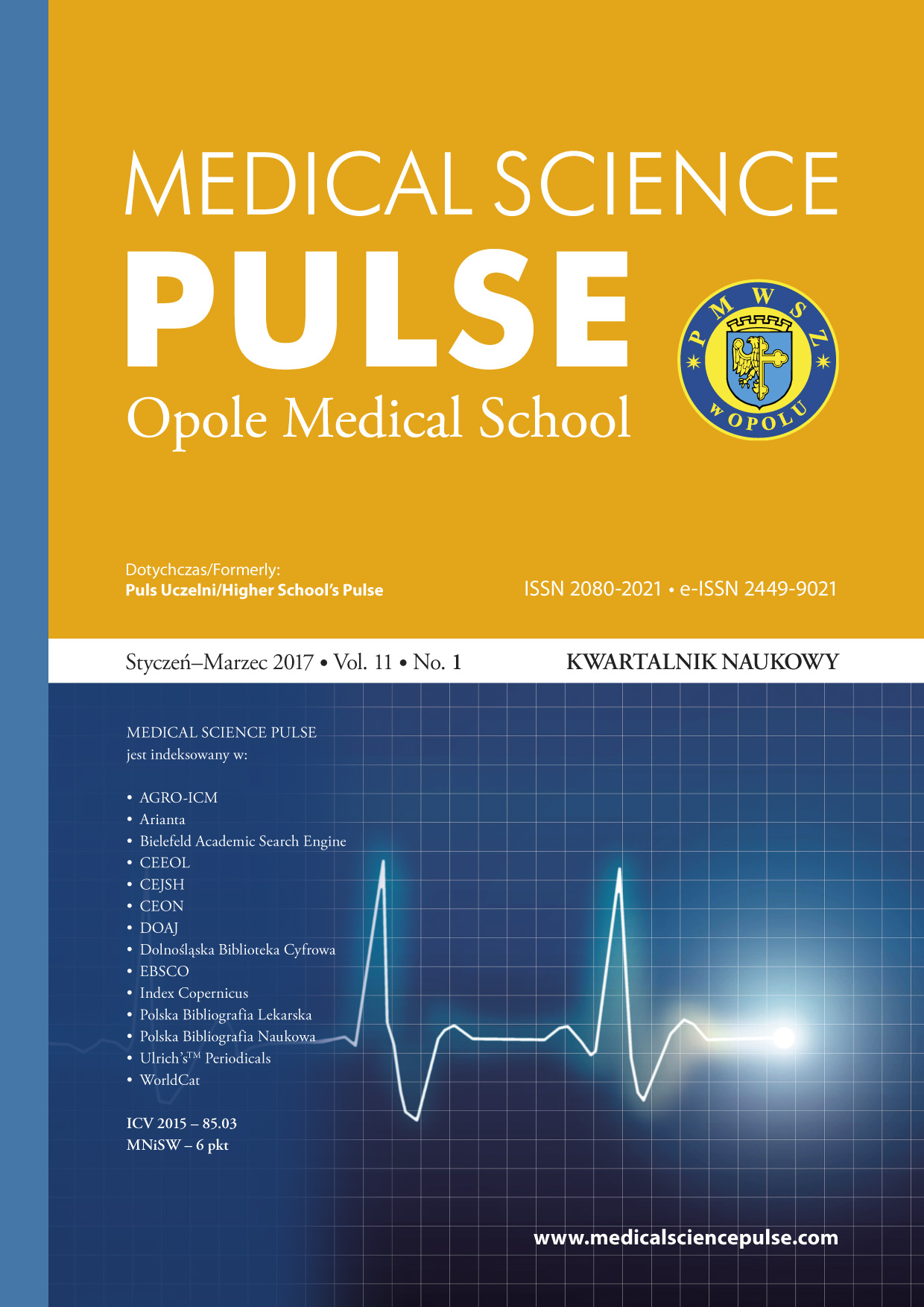Frailty syndrome in community care: tips for patients and caregivers
Frailty syndrome in community care: tips for patients and caregivers
Author(s): Aneta Soll, Katarzyna Szwamel, Maria Magdalena Bujnowska-Fedak, Donata KurpasSubject(s): Health and medicine and law
Published by: Państwowa Medyczna Wyższa Szkoła Zawodowa w Opolu
Keywords: health and medicine and law;epidemiology;prevention
Summary/Abstract: Frailty syndrome is a dynamic condition characterized by a decrease in the physiological body reserves, weakened resistance to stressors and impaired functioning of the body systems. Frailty syndrome is expressed through weight loss, reduced muscle strength, problems with walking, maintaining balance and a decrease in physical activity. There are three stages of frailty syndrome: pre-frail, frail and complications of frailty syndrome. The main risk factor of the disease is old age, but genetic and environmental influences are also important, as wellas lifestyle and co-morbidities. Diagnosis of frailty syndrome is made, among others, based on the Fried scale, the Rockwood scale and GF I (Groningen Frailty Index). The basis of prevention of frailty syndrome is regular physical activity and a combination of aerobic, strengthening and stretching exercises. The role of a diet containing foods rich in protein, vitamins, especially vitamin D, leucine and omega-3 is also emphasized. Besides these, vitamin D supplementation, treatment of co-morbidities and vaccinations to prevent infectious diseases should be taken into consideration. A huge role in the prevention of complications of the disease is played by the family and caregivers of the elderly, who should pay attention to the first symptoms of the disease and take steps to minimize the risk of frailty syndrome and to slow the disease.
Journal: Medical Science Pulse
- Issue Year: 11/2017
- Issue No: 1
- Page Range: 31-36
- Page Count: 6
- Language: English

